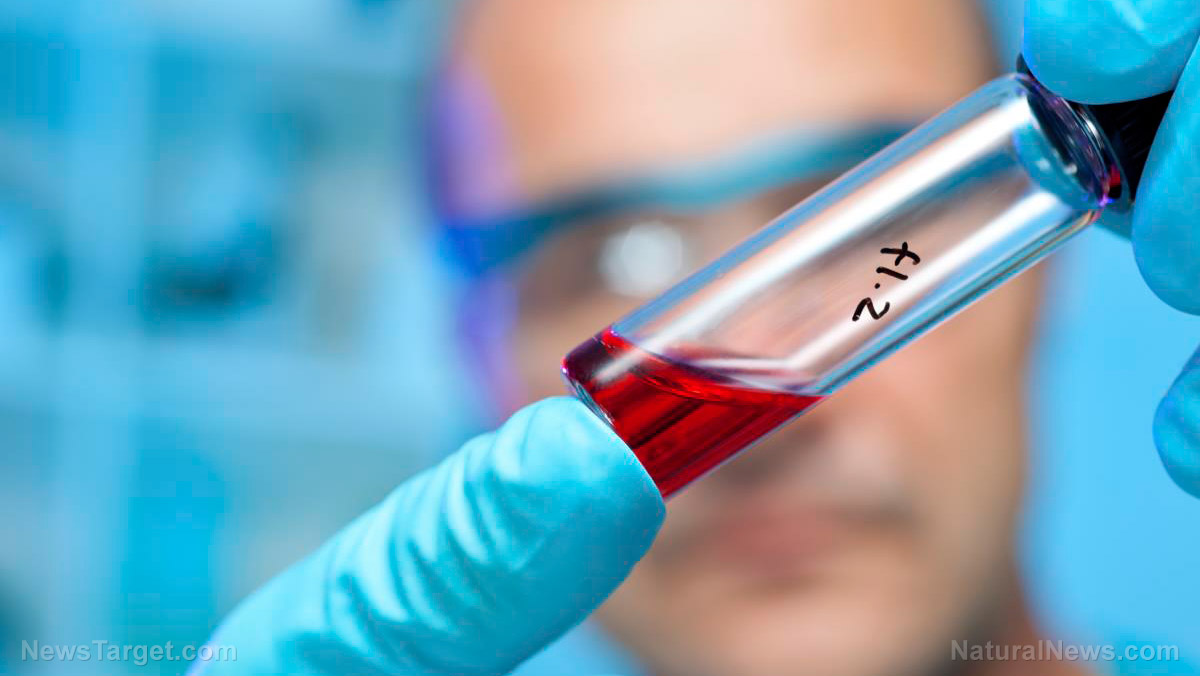
According to Nickolas Papadopoulos, a professor of oncology and pathology at the Johns Hopkins Sidney Kimmel Cancer Center, the new approach he devised along with his colleagues at the medical school combines two different methods into one test. They have dubbed their new two-in-one test CancerSEEK, and it's designed to detect eight major cancers, namely breast, lung, colon, liver, stomach, ovarian, pancreatic, and esophageal cancer.
These cancers have been chosen primarily for their prominence. "We selected those eight cancers based on how frequent they are, also [because] a lot of them do not have any screening modality right now," said Papadopoulos.
So far, the researchers have managed to test their new method on a pool of 1,005 cancer patients. After analyzing their test results, the researchers concluded that signs of cancer were present in about 70 percent of them. The researchers also looked at 812 people who were not diagnosed with cancer, and found that only seven of them, or less than one percent, had false readings that found cancer in them. This low false-positive rate is said to be highly critical "for any test that could be used widely to screen people for cancer."
Although it's still a work in progress, and the researchers are currently looking for ways to increase the efficacy of the test, they believe that they've made great progress so far. Referring to the 40 percent success rate in detecting the earliest stage 1 cancers in patients, Papadopoulos said, "we still think this is a very important milestone in detecting cancers in asymptomatic people. That could save their life."
According to Joshua Schiffman, an oncologist and cancer researcher from the Hunstman Cancer Center at the University of Utah, the research detailing the new method is truly something worth looking at. "I am incredible excited by this new paper," he said. "This is the paper that's going to set the field in motion." Schiffman was not involved in the study and is commenting simply as an outside observer with knowledge and expertise in the same field as the researchers.
But while he finds the new method promising, he identifies the many issues that need to be worked out before it gets deployed for public use. Even if the blood test method ends up being reliable among patients who still haven't been diagnosed with any type of cancer, there could still be problems with its use. One example is evident in the 40 percent success rate of detection. This means that it fails to detect more cancers than it can find.
"The thing we worry about quite often is ... if we have a test result that is negative we don't want to give false reassurance to the patient," Schiffman explained. He simply wants to prevent patients from thinking to themselves, "Even though I have this weird stomach pain that won't go away, I know it's not cancer. I'm not going to go to the doctor because the CancerSEEK test told me it was negative."
For now, the researchers are trying to perfect their new method. That involves first demonstrating that their new test can be useful in patients who don't have any cancer symptoms. Also, the rate of false alarms must remain low, or else patients will go on pointless "medical odysseys." All of that will take a while to complete, but at least the researchers seem to be already going in the right direction.
Read more about cancer solutions in AntiCancer.news.
Sources include:
Please contact us for more information.























